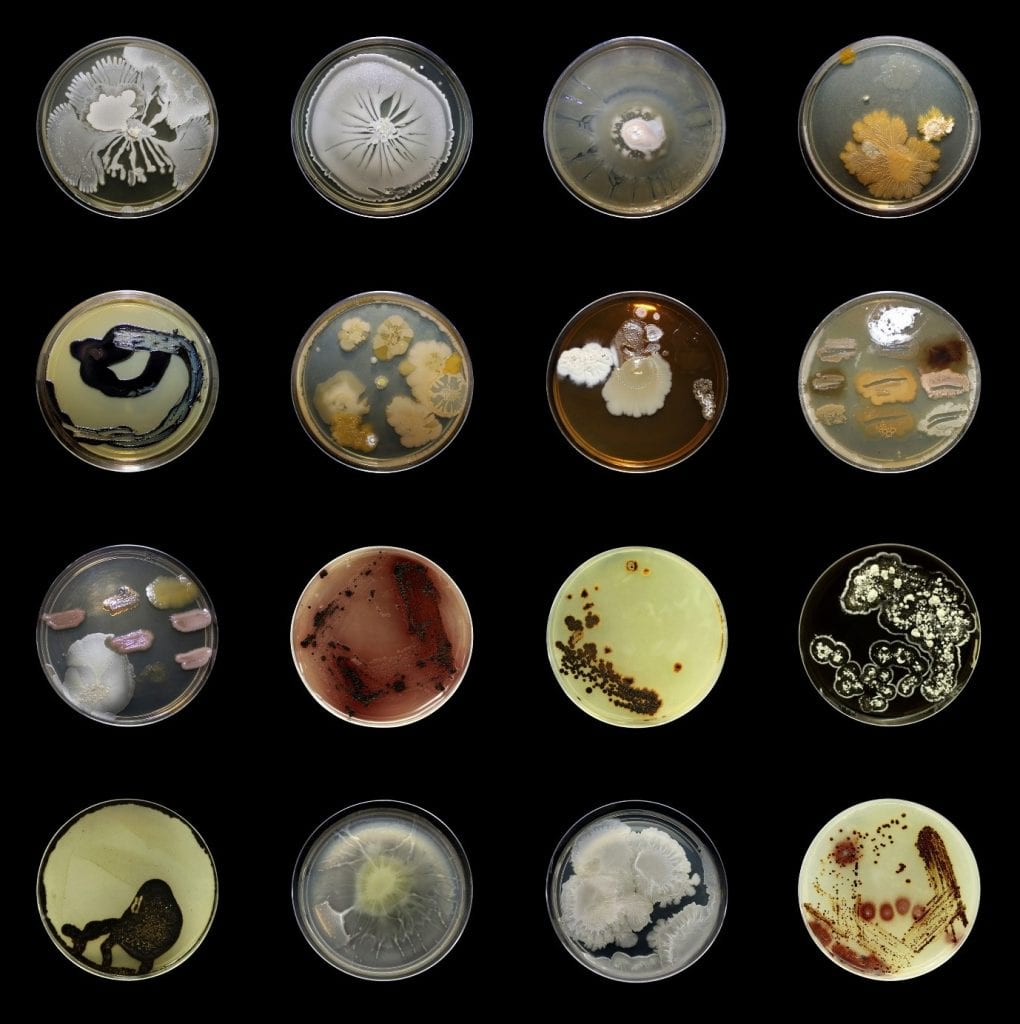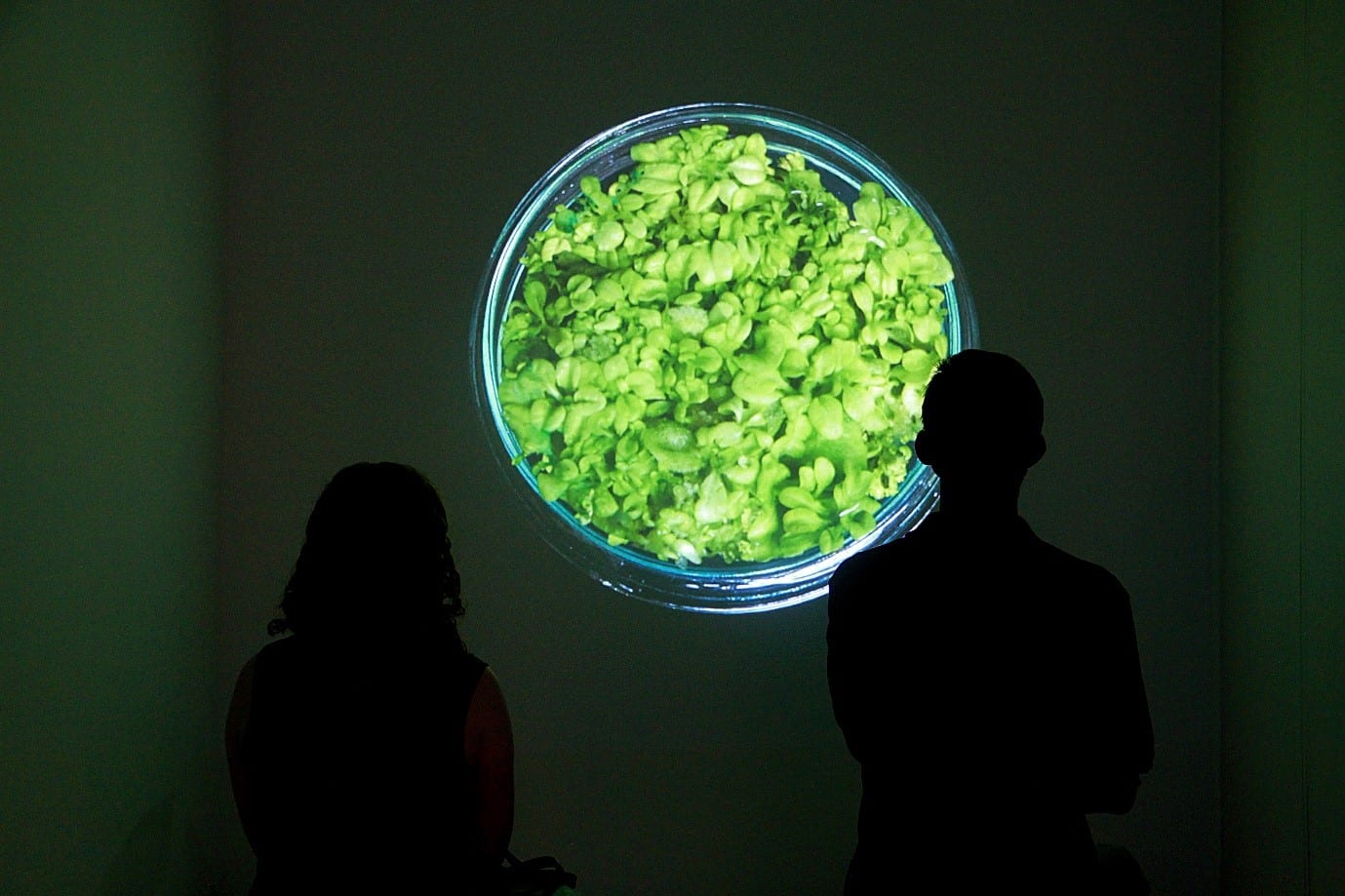Marine
Productive Crossings – A Guest Blog
August 2, 2019 by Marine Directorate Communications No Comments | Category Collaborations, Guest Blog, Marine Directorate general, Marine Directorate Science
Marine Scotland Communications Team is hugely excited to tell you about a recent collaboration we’ve been involved with. As part of a research residency, supported by Edinburgh Printmakers, Creative Scotland and ASCUS Art & Science, internationally renowned artist Sonia Mehra Chawla has been including some visits to our Marine Laboratory in Aberdeen to assist in the research for her latest work.
The outcomes from the residencies and collaborations will inform a solo presentation by Sonia in Scotland in spring 2020, in partnership with the Edinburgh International Science Festival.
Sonia has kindly agreed to guest blog for us during the collation period where she explores the overlying relationship between science and art and reflects on the accumulated material whilst relaying her hopes and aspirations for her forthcoming installation. We hope you enjoy getting to know Sonia and learning more about her project.
********************************************************************************************
Productive Crossings
On Art and Science Collaborations and Never-ending Possibilities by Sonia Mehra Chawla
As a visual artist and researcher working at the intersection of art and science, society and nature, economy and environment, I believe that interdisciplinary collaborations between the arts and sciences have the potential to create knowledge, ideas, and processes that are valuable and beneficial to both fields and society.
“Science and art sometimes touch one another, like two pieces of the jigsaw puzzle which is our human life, and that contact may be made across the borderline between the two respective domains.” M.C.Escher
While art forms celebrate scientific accomplishments and create new forms of scientific data, they also offer a platform for critique. Interdisciplinary collaborations and conversations help to re-envision and re-contextualize the familiar, creating interesting juxtapositions, as well as developing metaphors that can influence and alter the way we think about our own bodies, and our world. In addition, the beauty we encounter in scientific research celebrates life, cultivates curiosity, and incites an appetite for discovery, while probing essential questions about purpose and ethics and imagining both fantastic and terrifying futures.
As individuals and communities, we have an impact on the Earth. Today, there is an increased awareness that some of the impact is detrimental to the Earth’s systems – this includes our marine environment. The criticality of marine to life on land is increasingly being recognised. However, the impact of anthropogenically-forced climate change on our ocean will have consequences for both the habitats and species in the ocean and for life on land. It is critical that there is an increased awareness of the impact that humankind is having on the ocean and the effect that this will have on humankind.

Above: Details from ‘Universe-In -Details’, archival prints from the artists’ ‘Critical Membrane’ series on the endangered coastal and mangrove ecosystems of India.
The enquiry, the process, and the product/creation, are three core areas in which both artists and scientists overlap in collaborative projects and processes.
The idea of just asking a question through an altered lens is imperative. While working on projects, I sensed a large gap between the scientific and cultural worlds. I feel that more often than not, scientific data is inaccessible and absent from our daily culture, and the general public .
Art practice can be seen as a form of intellectual and imaginative inquiry, which has the ability to inspire discourses, to envision ideas, to make the intangible tangible, to introduce and insert the issues into our mainstream culture. Critical dialogues around art and science are often animated with these engagements and encounters: self/other, nature/society, individual/society, nature/culture, reason/intuition, economy/environment, biosocial/biopolitical, technology/future imaginaries, aesthetics/functionality & purpose.
“The most beautiful thing we can experience is the mysterious. It is the source of all true art and science.” Albert Einstein
Both scientists and artists are proficient at looking for the unexpected and the unforeseen. Both celebrate what they describe. That is an exclusive and exceptional shared skill each brings to the problem-solving experience. I think the significant question is, how can artists and scientists come together in collaborations that will benefit everybody, including the public? How can they offer an innovative space that can help rethink current notions of progress? How can art-science collaborations help us to notice, observe and appreciate our entanglements and enmeshment with our world? When both artists and scientists take a moment to step back from their disciplinary niches, they can comprehend and appreciate many approaches to understanding and unfolding our human experience.
Please click this link for the second blog from Sonia Mehra Chawla.
Further Information on the Artist:
Sonia Mehra Chawla has an interdisciplinary practice as an artist, photographer, and researcher. Her artistic practice explores notions of selfhood, nature, ecology, sustainability and conservation. Her work spans across a variety of media including: photography, fine art printmaking, video, installation and painting. She often works in collaboration with non-profit institutions and scientific institutions.
Sonia is the recipient of the British Council India and Charles Wallace India Trust Scholarship for Visual Arts. (2014-2015). She received the International Art and Science Grant Award from Khoj International Artists Association India, and Wellcome Trust UK/DBT India Alliance for 2017-18. She has participated in exhibitions and projects at the Institut Fur Auslansbeziehungen in Stuttgart (Institute For Foreign Cultural Relations Germany), British Council, New Delhi, India, Essl Museum of Contemporary Art, Austria, Yinchuan Museum of Contemporary Art, China, Tate Modern, London, UK, Today Art Museum, Beijing, China, CSMVS Museum, Mumbai, India, Goethe Institut, Mumbai, India, ET4U Contemporary Visual Art Projects, Denmark and 10 Chancery Lane Projects, Hong Kong.
She has recently been awarded a Fellowship and residency from the Akademie Schloss Solitude in Germany for the Art, Science and Business Program for 2019-20. The artist lives and works in New Delhi, India. Website: soniamehrachawla.in
Picture credits:
Installation view of Sonia Mehra Chawla’s video, ‘Altered Growth’, from ‘The (Un) Divided Mind’, International Art+ Science residency 2018, Khoj International Artists’ Association, New Delhi. Project support: International Art+ science Grant award 2018, Khoj + Wellcome Trust UK/ DBT India Alliance. (Department of Biotechnology, Government of India). Main Image credit: Khoj International Artists’ Association.
Tags: Aberdeen, anthropogenic, climate change, Creative Scotland, Edinburgh International Science Festival, environment, marine environment, Marine Laboratory, research, scienceartist, Scotland, Sonia Mehra Chawla



Leave a comment